Printed Circuit Board (PCB) Reliability Test Methods
PCB reliability tests ensure performance under stress, reducing costs, enhancing product life, and meeting industry standards for quality and safety.
The PCBs are the crucial backbones of modern electronic circuitry, providing an avenue for the distribution of the current across devices. Their prime importance therefore makes the guarantee of reliability very important. Thus, for a wide variety of applications that these boards experience in their functionality, multiple testing methods of reliability will have to be conducted. This article examines these critical test methods for PCB reliability, offers a closer look at the principles involved, and outlines the procedures that manufacturers take to ensure quality standards.
Why PCB Reliability Matters
PCBs are expected to function consistently through various operational conditions: mechanical stress, temperature changes, humidity, and chemical contact. Testing is needed for reliability in determining any point of failure that can prevent satisfactory long-term functioning. Some of the advantages of tight testing include:
Error Detection and Quality Improvement: Reliability testing finds early design defects like soldering defects and short circuits, hence enhancing the functionality and quality of the PCB. This also preempts the enhancement of reliability and optimizes design integrity.
Cost Reduction: In the development phase, it assists manufacturers in troubleshooting the errors to avoid costlier failures and minimize warranty claims, reducing long-term costs by preventing potential reliability issues.
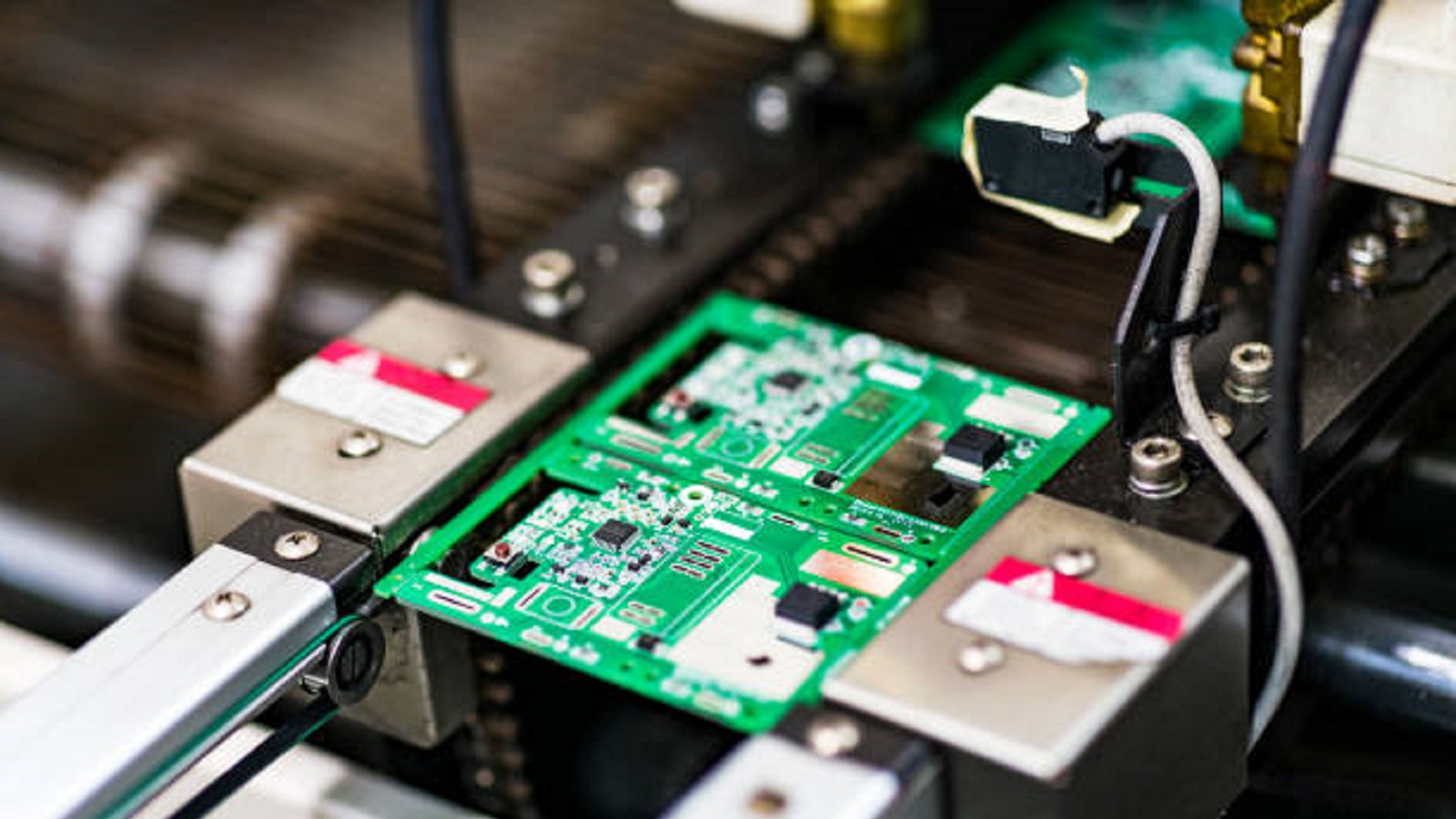
Increased Product Life: Testing helps to define the life of a PCB and points out elements affecting the robustness, thus informing the design toward long-lasting products. This greatly increases customer satisfaction and offers huge value over time.
Compliance with Standards: Making sure PCBs comply with industry-set standards avoids fines and increases market reputation; consumer trust is therefore achieved and increases brand strength.
The Major Methods of Reliability Test of PCB
Thermal Cycling and Shock Testing
Thermal cycling runs PCBs through repeated temperatures to evaluate their resistance to thermal stresses and to simulate the temperature oscillations in a normal service environment. Thermal shock consists of sudden temperature changes to more rapidly stress the board. All these tests are important features in ascertaining how solder joints and board material will not be in danger of failing due to expansion and contraction under temperature variance, especially when the temperature is fluctuating around and on electronics.
Humidity and Moisture Resistance Testing
Humidity testing is done to determine how PCBs react to environmental moisture. Boards are subjected to humidity testing for possible failures such as corrosion or short circuits due to the absorption of moisture. Testing is essential for electronic products in high-humidity environments in order to ensure durability and functionality.
Mechanical Shock and Vibration Testing
PCBs must operate undamaged under mechanical impacts and constant oscillations. The test procedures for mechanical shock simulate instantaneous jolts, while for vibration, it simulates continuous motion. The objective of such tests is the identification of component mounting defects and solder joints that help ensure device reliability in portable electronics and dynamic environments.
Solderability Testing
Effective soldering is necessary for good electrical connections between the components and the PCB. Solderability testing checks the solder pads and through-holes of the board for their ability to accommodate the formation of solid, long-lasting solder joints. This test prevents weak connections that may cause functionality issues.
Ionic Contamination Testing
Ionic residues from manufacturing attract moisture and cause corrosion and electrical failures. Ionic contamination testing assesses the cleanliness of the board by measuring the level of ionic substances to ensure the board maintains reliability by preventing a short circuit or other forms of moisture-related failures.
Curing and Solder Mask Hardness Testing
These tests give insight into the effectiveness of coatings such as solder masks in shielding the PCB. Hardness and adhesion tests on the layers ensure protection against wearing without peeling or even cracking, which may result in exposing the board to environmental hazards and degrading its performance.
Voltage Withstand and High Voltage Insulation Tests
It is very important to make sure that PCBs can withstand prescribed electrical stress without breakdown for safe operation. These tests run high voltage across the board's conductors to confirm insulation integrity, crucial in preventing electrical arcing and making sure the board will operate at specified voltages without failure.
Impedance Testing
Impedance testing measures resistance, capacitance, and inductance that an electrical signal faces while moving through the traces or planes of PCBs. Ensure signal integrity, which is very important in high-frequency circuits, since impedance variations may affect performance critically.
Explosive and CTE Testing
Explosive testing assesses the PCB’s ability to tolerate heat and maintain substrate integrity, safeguarding against thermal failures. Coefficient of Thermal Expansion (CTE) testing evaluates how materials expand or contract with temperature changes, critical for maintaining structural integrity.
Peel and Hole-Pull Tests
These mechanical tests define the adherence between the layers of the PCB and the integrity of plated holes. These tests measure the force to separate layers or pull through-hole plating, proving that proper manufacturing and adhesion have been done, which is very important in maintaining multilayer board integrity under mechanical stress.
Implementation of Reliability Tests
A strict test development is key to the proper assessment of reliability in PCBs. It is for the manufacturers to decide judiciously on which tests a board needs to undergo, keeping in mind the application areas and environmental conditions that a product is supposed to face. Testing protocols need to meet industry standards such as from organizations like the Institute for Printed Circuits (IPC) or Joint Electron Device Engineering Council (JEDEC). By sticking to these standards, manufacturers ensure that their PCBs meet the globally recognized benchmarks for quality and reliability.
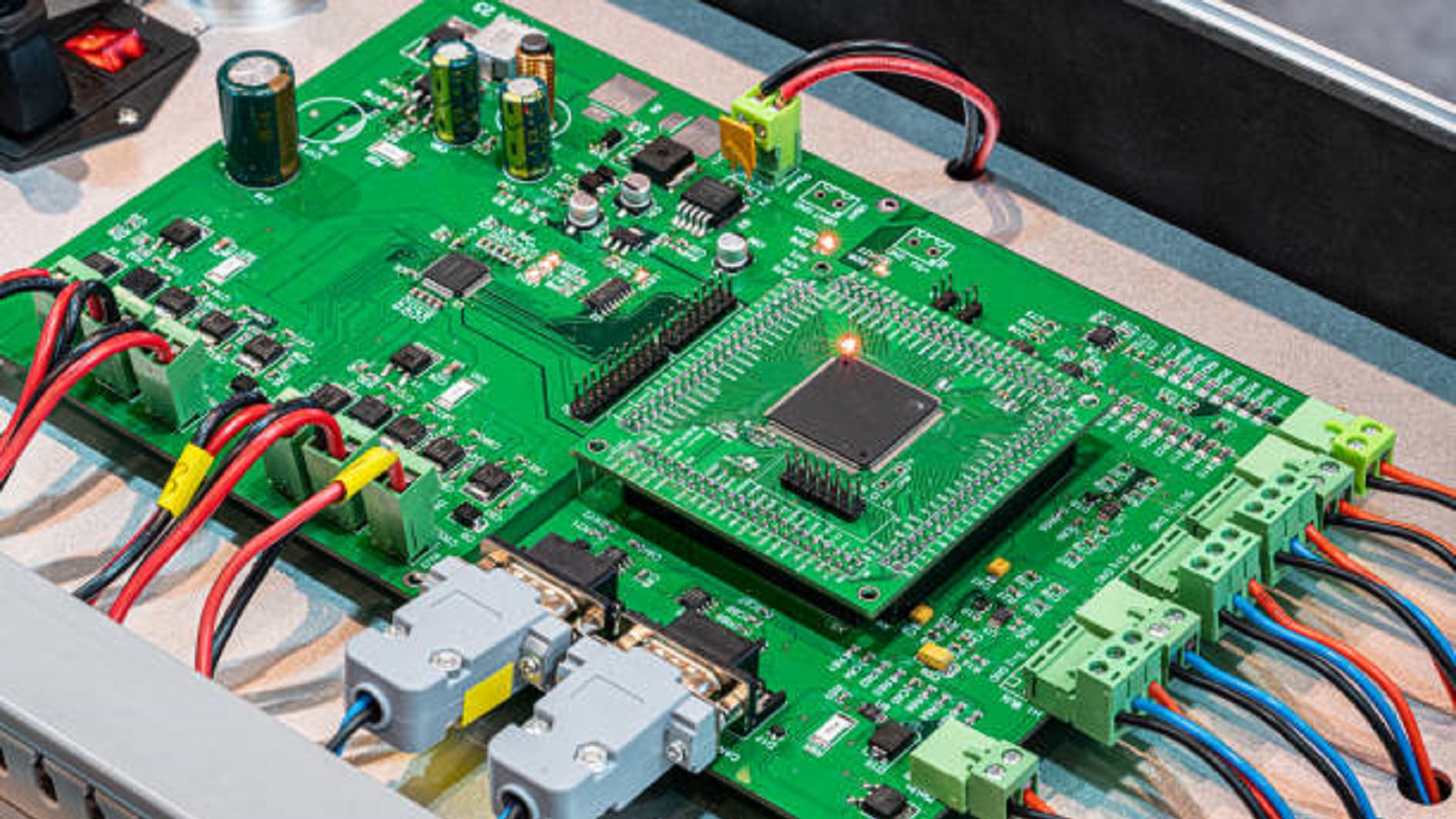
Reliability testing for PCBs will always play a vital part in this manufacturing process concerning present demands on electronic applications. Utilizing extensive test approaches serves to identify and rectify a number of potentially dangerous failures, thus optimizing the product design, meeting the basic regulations or standards of various industries, and increasing value added to the customer as well. With increasing complexity, the reliability testing of PCBs will be an integral part of electronic devices for times to come. With good testing practices, a manufacturer is able to produce strong and reliable products that perform flawlessly under diverse and demanding conditions, thus supporting technology's continuing development.
Hot Tags:
Contact us

If you can't find what you're looking for, please contact us.
Article
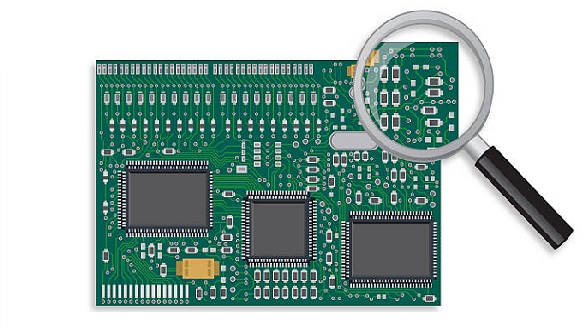
Routine inspections and proper maintenance of capacitors and resistors in PCBs reduce failures, prolong device lifespan, and lower maintenance costs.
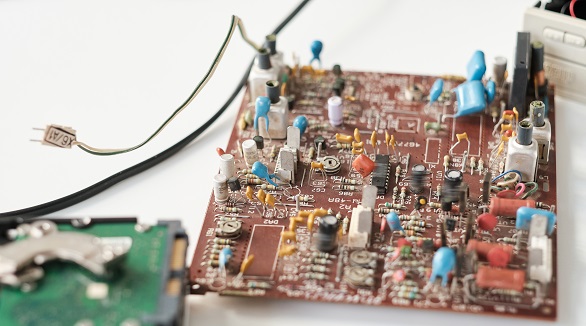
Capacitors are crucial in circuits for storing energy. Testing methods include in-circuit and out-of-circuit using digital multimeters, ESR, and LCR meters. Proper testing ensures reliability and prevents malfunctions.
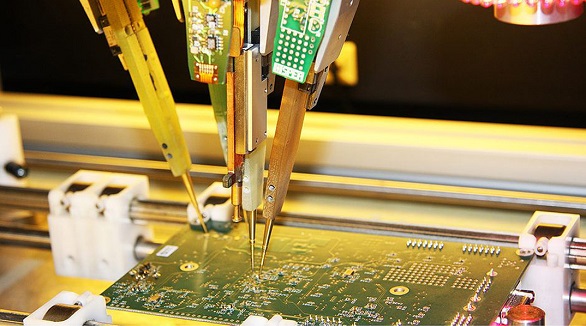
Flying Probe Testing ensures high-performance, durable PCBs and PCBAs by detecting issues like shorts and capacitance mismatches, speeding up production, and reducing costs.
